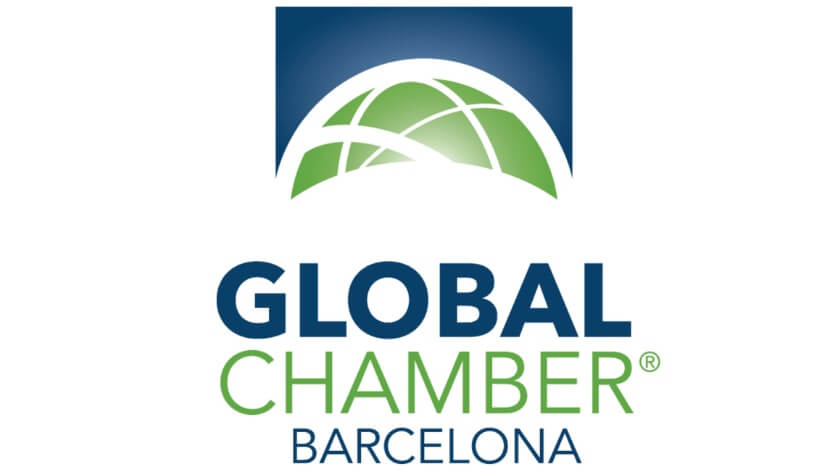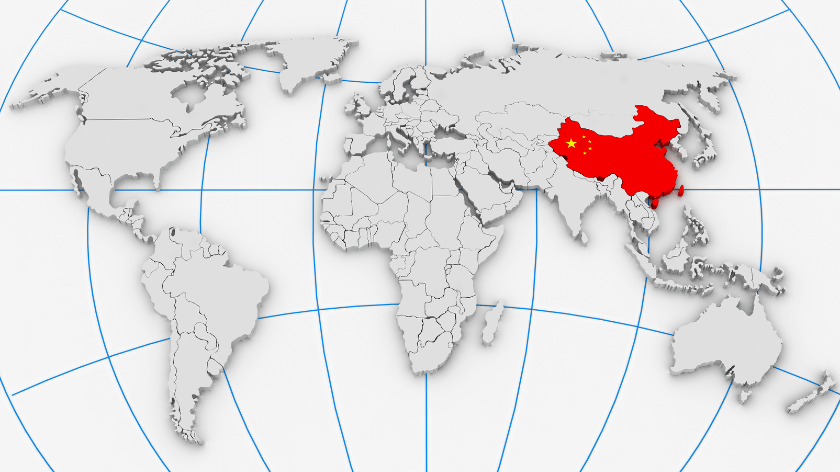The Chinese automotive giant takes another decisive step forward in electric mobility with a model capable of completing a battery swap in just 99 seconds and achieving a range of around 500 kilometres. This advance reinforces the dynamics we already analysed in "China's rise in the automotive industry" and "Chinese cars in Europe: a fast-moving automotive revolution", and poses a specific challenge for Europe and its value chains.
Innovation that breaks the mould
According to reports Titania Compañía Editorial, S.L. through El Confidencial, the vehicle in question —the Aion UT Super, developed by GAC Group together with CATL and JD.com—uses an automatic gearbox system. a19> for automatic battery swapping at designated stations, which allows replacement of the module of 54 kWh in just 99 secondsachieve a range of approximately 500 kilometres. The figure is close to the time it takes to refuel a a47> a combustion engine car and places China in a position of a55> technical leadership that is increasingly difficult to match.
Why is this advance relevant?
Innovation is not limited to the development of a new battery, but rather encompasses the entire value chain: from the design and production of the modules to automation. a19> the modules to the automation of the stations for exchange. With this solution, the process of recharging ceases to be an a35> obstacle to the mass adoption of the electric vehicle, an aspect that has historically slowed down the transition. At an industrial level, it also consolidates cooperation between manufacturers and technology suppliers, a model that has been developed over the last decade. and technological suppliers is also consolidating, a model that in China is expanding rapidly and that could alter the a61> rapidly and which could alter the competitive balance globally.
For Europe, the impact is clear. As we pointed out in "Chinese cars in Europe: a rapidly advancing automotive revolution", the presence of Chinese brands can no longer be explained solely by their commercial aggressiveness or production capacity, but also by their growing technological edge. The vehicle from GAC Group and CATL symbolises this qualitative leap: functional, scalable innovation designed for export.
Relationship with our analysis previous
In "China's rise in the automotive industry," we describe how the country has gone from being a mere assembler to leading research, design and development. to leading research, design and standardization of new technologies. The exchange of batteries in 99 seconds reinforces this narrative: China no longer only produces more, but it redefines the experience of the user and the logistics energy that sustains the electric vehicle. In parallel, the European market continues to react slowly to a transformation that requires significant investment. a44> to a transformation that requires investment in infrastructure, interoperability and technical training.
Implications for the European market
The possibility of replacing batteries instead of charging them alters the logic of the infrastructure and opens the door to new models of business. Stations for interchange require a different industrial planning, but could reduce dependence on the network of a30> chargers and balance the demand for electricity. Furthermore, by standardising modules and optimising the cycle of life of the batteries, the brands could offer prices a49> more competitive prices, a argument of weight in the midst of a commercial war.
For traditional manufacturers, the pressure is mounting. It is no longer just a matter of improving autonomy or times, but also of a9> improving autonomy or the charging times of the battery, but rethinking the relationship with the consumer and the environment in order to reduce the impact of the production and distribution of the battery and the vehicle its a17> rethink the relationship with the consumer and with the suppliers of energy. If the Chinese model proves to be efficient and profitable, Europe will have to speed up its regulatory response and its investment strategy so as not to fall behind. a37> investment strategy so as not to fall behind the rest.

















